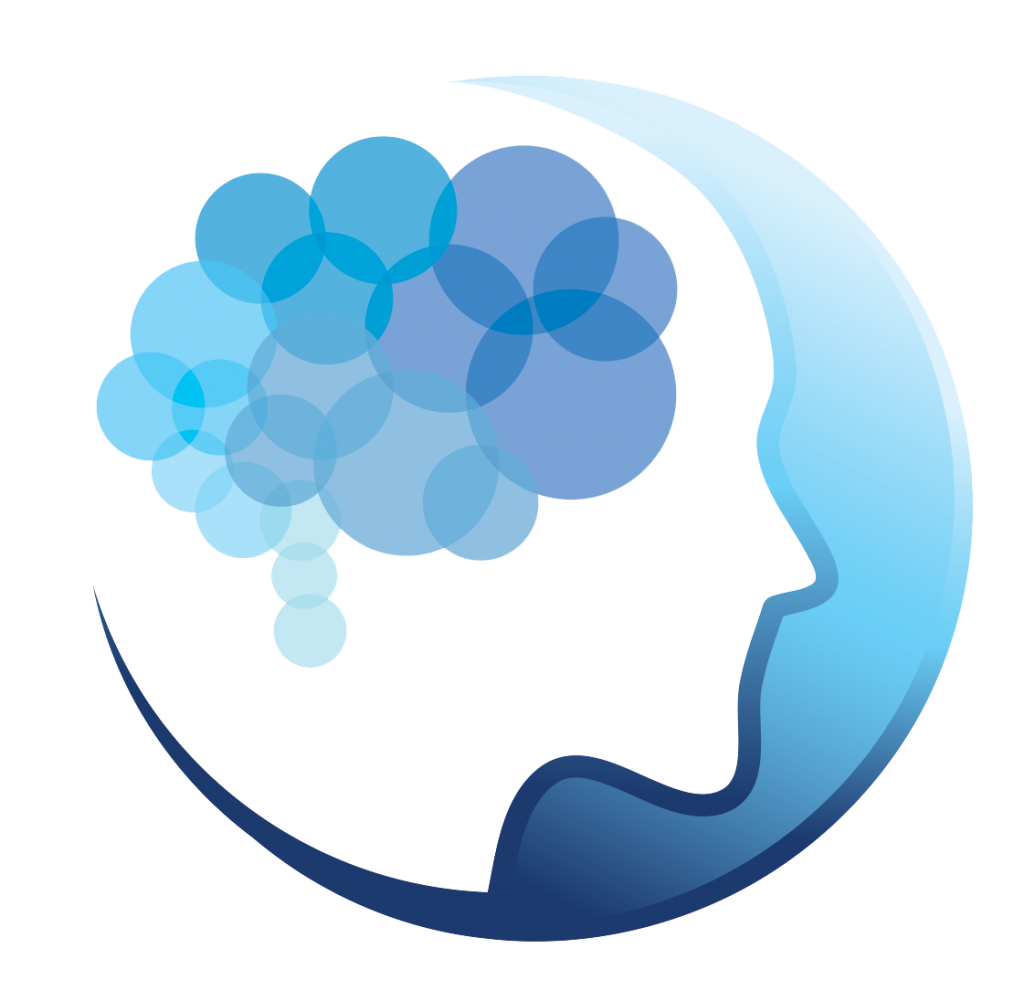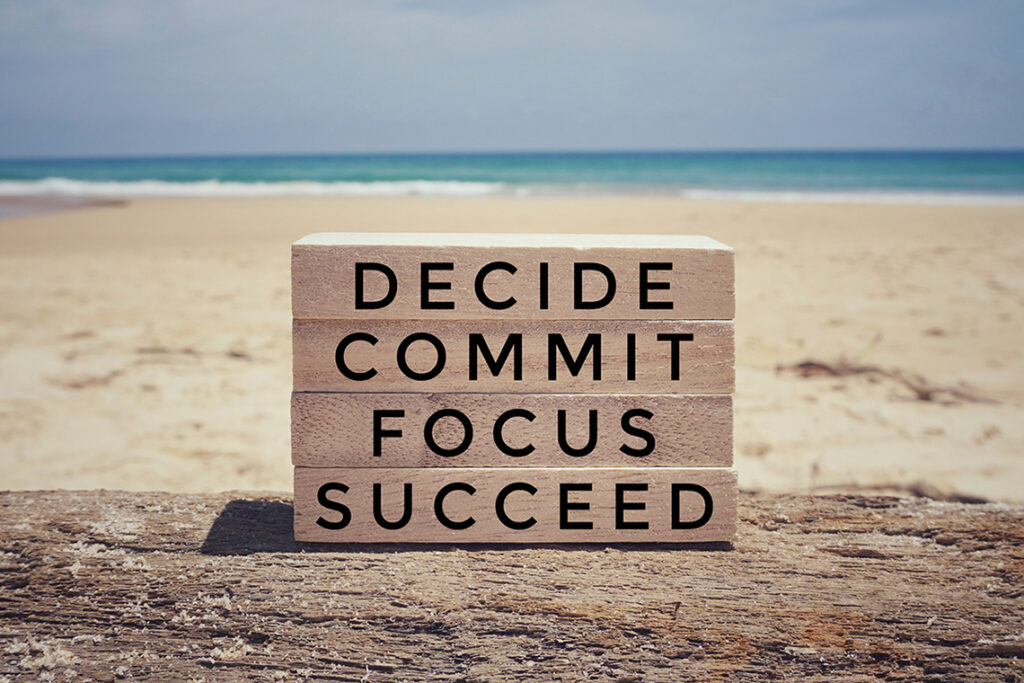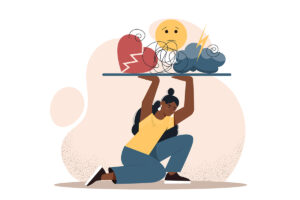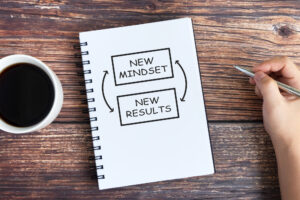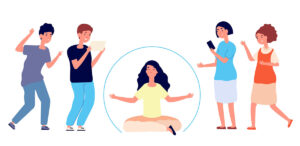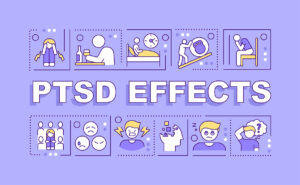In this guided meditation, Dr. Kate Truitt helps us connect with our inner motivation to create actionable change. After welcoming in the havening touch and soothing breath, Dr. Kate asks us to look back and find a time where we experienced purpose and motivation. It doesn’t have to be anything large; it could be as simple as acquiring a favorite food.
Once we have established that moment, Dr Kate invites us to bring it front and center and to recognize this energy. Is there a feeling, a color, or any identifiable feature this energy has? She then leads us to lean into this energy and have it sink into our being. This energy has always been within us, and Dr Kate reminds us that we can build a great, enriching relationship with it.
